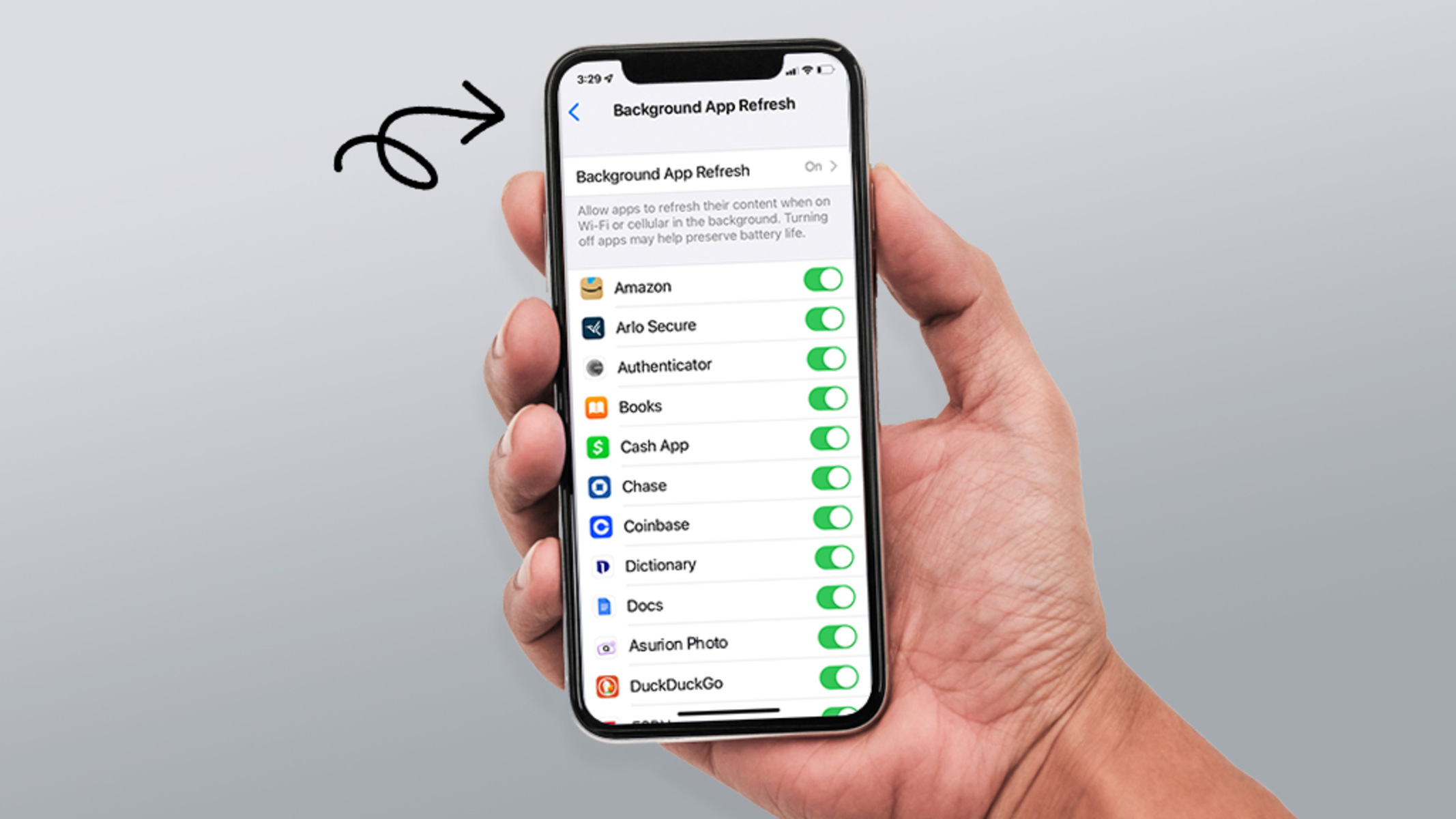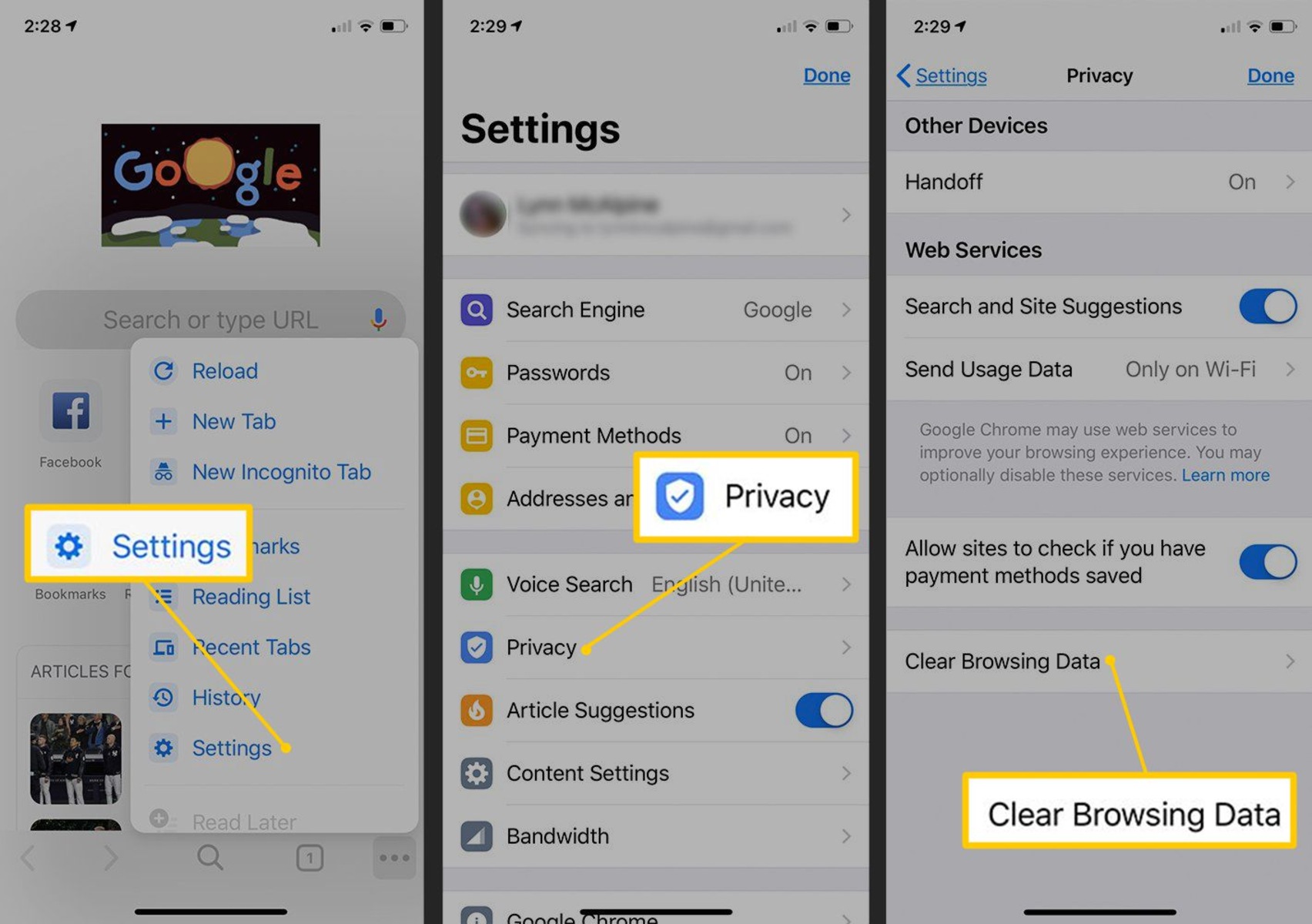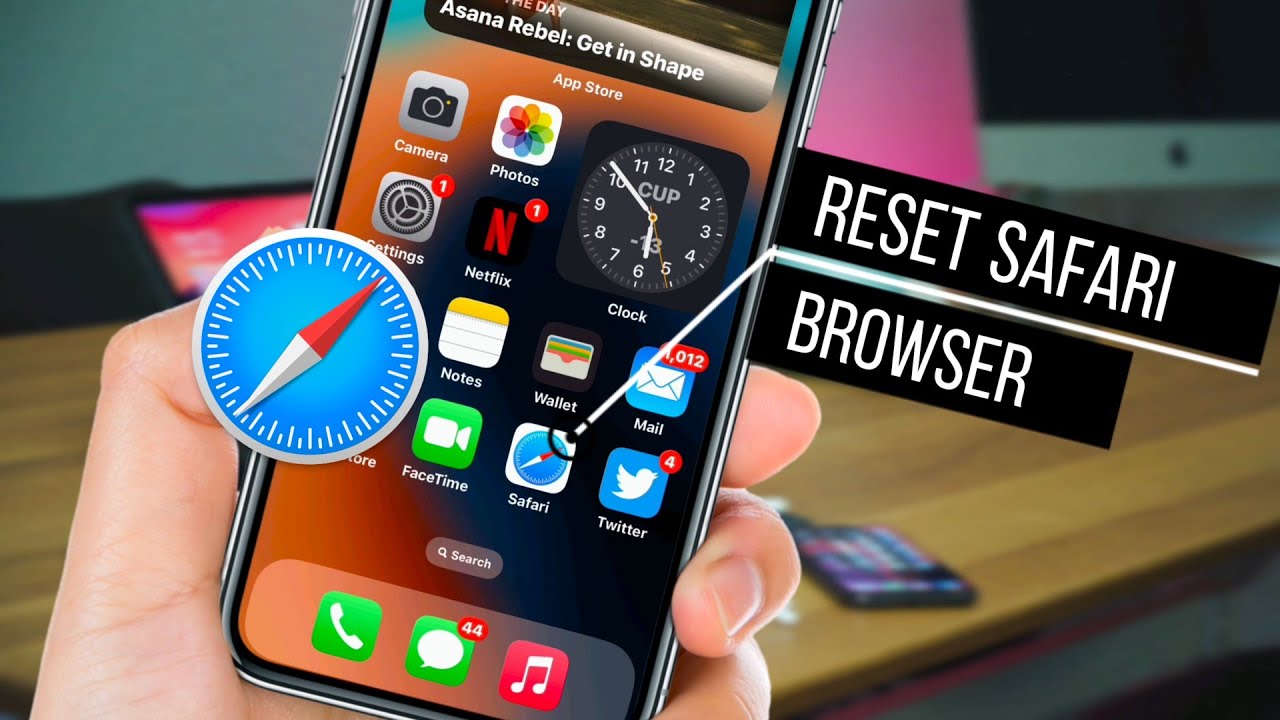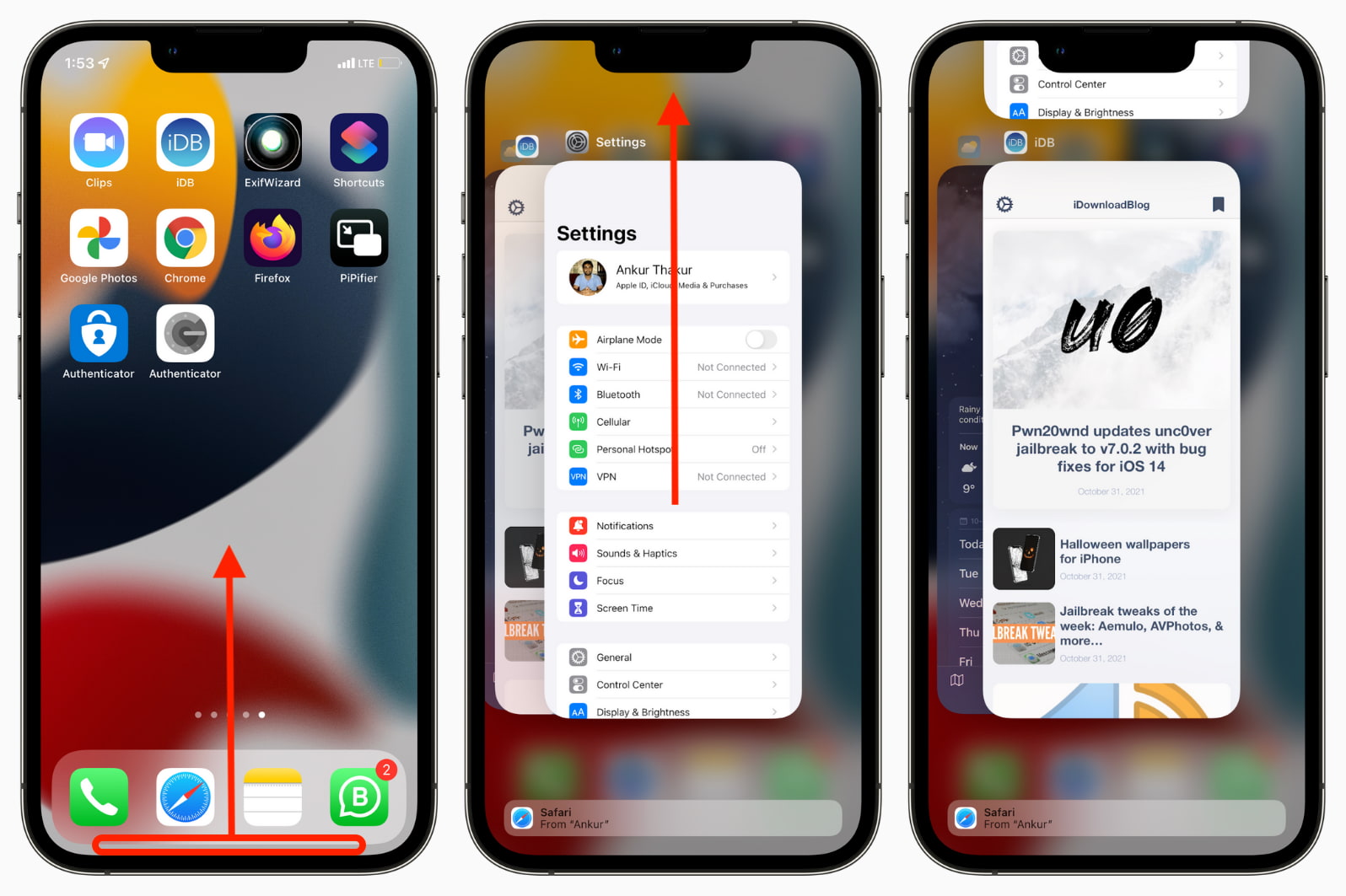Clearing Browser Cache
Clearing the browser cache is a fundamental troubleshooting step that can resolve various browsing issues. The cache is a storage location where a browser saves copies of web pages, images, and other resources to reduce loading times on subsequent visits to the same sites. However, an overloaded or outdated cache can lead to display problems, slow performance, or even security issues. Therefore, it's essential to know how to clear the cache when encountering such issues.
Here's how to clear the cache in popular browsers:
Google Chrome
- Click on the three-dot menu icon in the top-right corner of the browser window.
- Select "More tools" and then "Clear browsing data."
- Choose the time range for which you want to clear the cache.
- Check the box next to "Cached images and files."
- Click "Clear data."
Mozilla Firefox
- Click on the three-line menu icon in the top-right corner of the browser window.
- Select "Options" and navigate to the "Privacy & Security" panel.
- Scroll down to the "Cookies and Site Data" section.
- Click on "Clear Data."
- Ensure that the "Cached Web Content" option is selected.
- Click "Clear."
Safari
- In the top menu, click on "Safari" and select "Preferences."
- Go to the "Advanced" tab.
- Check the box next to "Show Develop menu in menu bar."
- Close the Preferences window and click on "Develop" in the top menu.
- Select "Empty Caches."
Microsoft Edge
- Click on the three-dot menu icon in the top-right corner of the browser window.
- Select "Settings" and navigate to the "Privacy, search, and services" tab.
- Under "Clear browsing data," click on "Choose what to clear."
- Check the box next to "Cached images and files."
- Click "Clear now."
By following these steps, you can effectively clear the cache in your preferred browser, potentially resolving issues related to outdated or corrupted cached data. After clearing the cache, you may need to refresh the page to ensure that the latest versions of web resources are loaded.
Clearing the browser cache is a simple yet powerful technique to troubleshoot various browsing issues, and it's an essential skill for anyone navigating the web. Whether you're encountering display problems, slow performance, or security concerns, clearing the cache can often provide a quick and effective solution.
Reloading the Page
Reloading a web page is a common practice to ensure that you are viewing the most up-to-date content. It's akin to hitting the refresh button on your browser, but there are various methods to achieve this across different browsers and devices. Whether you're a casual internet user or a seasoned web developer, knowing how to reload a page is a fundamental skill that can enhance your browsing experience.
Reloading via Browser Options
The most straightforward way to reload a web page is by using the browser's built-in options. Here's how to do it in popular browsers:
-
Google Chrome: Click the circular arrow icon located in the address bar or right-click anywhere on the page and select "Reload" from the context menu.
-
Mozilla Firefox: Similar to Chrome, you can click the circular arrow icon in the address bar or right-click on the page and choose "Reload" from the menu.
-
Safari: Click the circular arrow icon in the address bar or use the keyboard shortcut Command + R to reload the page.
-
Microsoft Edge: Click the circular arrow icon in the address bar or press F5 on your keyboard to reload the page.
Hard Refresh
In some cases, a standard page reload may not be sufficient to fetch the latest content from the server. This is where a hard refresh comes into play. A hard refresh forces the browser to ignore cached resources and retrieve all content from the server, ensuring that you are viewing the most recent version of the web page.
To perform a hard refresh:
-
Google Chrome: Press Ctrl + Shift + R on Windows/Linux or Command + Shift + R on Mac.
-
Mozilla Firefox: Press Ctrl + F5 on Windows/Linux or Command + Shift + R on Mac.
-
Safari: Hold down the Shift key and click the circular arrow icon in the address bar.
-
Microsoft Edge: Press Ctrl + F5 on Windows/Linux or Command + Shift + R on Mac.
Mobile Devices
On mobile devices, the process of reloading a web page is equally important. In most mobile browsers, you can achieve this by tapping the circular arrow icon or using the browser's refresh option in the menu.
Reloading a web page is a simple yet crucial action that ensures you are accessing the most current information. Whether you're troubleshooting website issues, checking for updates, or simply refreshing content, knowing how to reload a page empowers you to have a seamless browsing experience.
Hard Refreshing the Page
In some instances, a standard page reload may not suffice to fetch the latest content from the server. This is where a hard refresh, also known as a force refresh or cache clear, comes into play. A hard refresh is a powerful technique that forces the web browser to ignore cached resources and retrieve all content from the server, ensuring that you are viewing the most recent version of the web page.
Performing a hard refresh varies slightly across different browsers and operating systems. Here are the methods to execute a hard refresh in popular browsers:
- Google Chrome: Press Ctrl + Shift + R on Windows/Linux or Command + Shift + R on Mac.
- Mozilla Firefox: Press Ctrl + F5 on Windows/Linux or Command + Shift + R on Mac.
- Safari: Hold down the Shift key and click the circular arrow icon in the address bar.
- Microsoft Edge: Press Ctrl + F5 on Windows/Linux or Command + Shift + R on Mac.
When you initiate a hard refresh, the browser discards the cached versions of web resources such as HTML, CSS, JavaScript, and images, and retrieves the latest versions from the server. This can be particularly useful when troubleshooting website display issues, ensuring that any recent updates or changes made to the web page are immediately reflected in your browser.
Web developers often rely on hard refreshes to test website changes and ensure that users are seeing the most current version of their web applications. By bypassing the cached content, they can verify that the updates are accurately displayed to visitors, without the interference of outdated resources stored in the browser's cache.
On mobile devices, the process of hard refreshing a web page is equally important. While the specific methods may vary across mobile browsers, the concept remains the same – to force the browser to fetch the latest content from the server, disregarding any cached resources that may impact the display or functionality of the web page.
In summary, hard refreshing a web page is a valuable technique to ensure that you are viewing the most up-to-date content. Whether you are a regular internet user troubleshooting display issues or a web developer verifying website changes, knowing how to perform a hard refresh empowers you to access the latest version of web resources, enhancing your browsing experience.

























